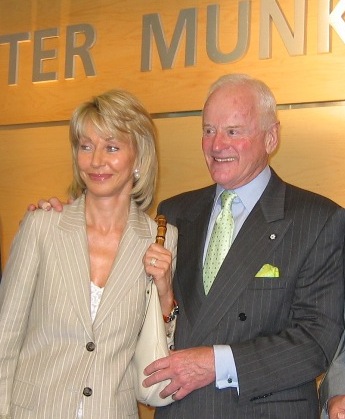For a large selection of corporate histories click: International Directory of Company Histories
Company Perspectives: At Alcoa, our vision is to be the best company in the world in the eyes of our customers, shareholders, communities and people. We expect and demand the best we have to offer by always keeping Alcoa’s values top of mind. Integrity: Alcoa’s foundation is our integrity. We are open, honest and trustworthy in dealing with customers, suppliers, coworkers, shareholders and the communities where we have an impact. Environment, Health and Safety: We work safely in a manner that protects and promotes the health and well being of the individual and the environment.
Customer: We support our customers’ success by creating exceptional value through innovative product and service solutions. Excellence: We relentlessly pursue excellence in everything we do, every day. People: We work in an inclusive environment that embraces change, new ideas, respect for the individual and equal opportunity to succeed. Profitability: We earn sustainable financial results that enable profitable growth and superior shareholder value. Accountability: We are accountable individually and in teams for our behaviors, actions and results. We live our Values and measure our success by the success of our customers, shareholders, communities and people.
Company History:
The largest aluminum manufacturer in the world, Alcoa Inc. produces aluminum and alumina for automotive, aerospace, commercial transportation, construction, packaging, and other markets. Active worldwide in all major elements of the industry, Alcoa’s operations include mining, refining, smelting, fabricating, recycling, and developing technology.
Read more

























